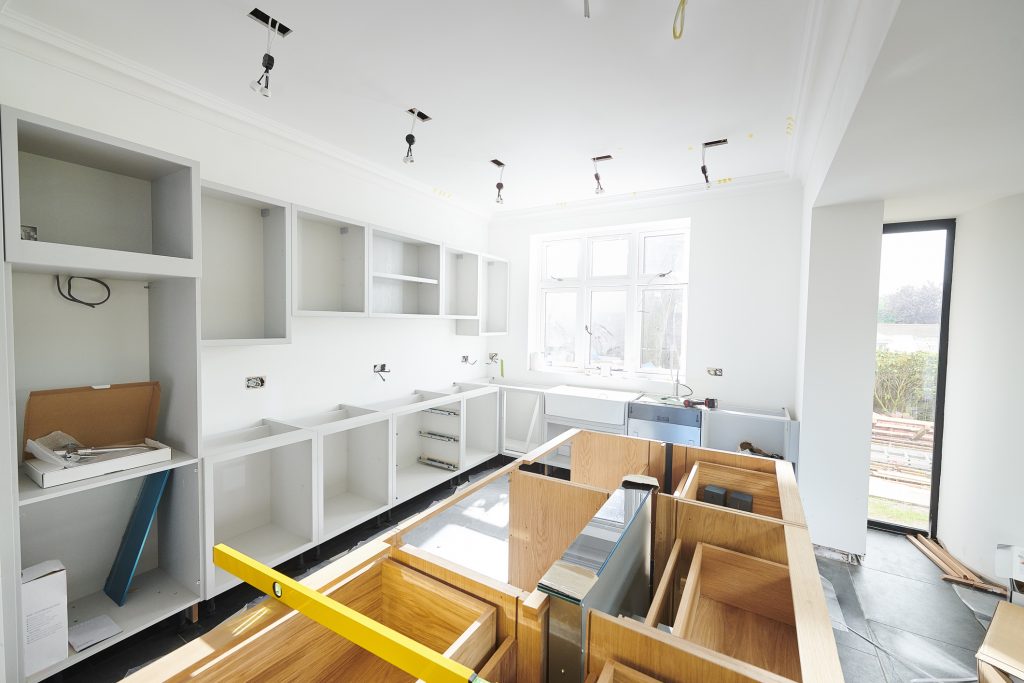
Measured Decisions
If you’re installing kitchen cabinets, one of the most important steps is taking measurements. Since your cabinets are one of the main features of the kitchen, it helps to take your measurements right. Having the proper measurements beforehand means you won’t buy cabinets that don’t fit. Also, with accurate measurements, ordering and installing your cabinets is a breeze. So, before you start looking at brands, you should know how to measure for kitchen cabinets.
Tools and Preparation
Before starting your measurements, you’ll need the right supplies on hand. For this, we recommend using the following tools:
- Tape measure
- Pencil
- Planning grid/scratch paper
- Calculator
- Step stool or ladder
- Level ruler (to help determine if additional work is needed)
- Laser measuring tool (optional, but useful to double-checking measurements)
This is also a good time to draw out your rough sketch of the kitchen. Every appliance, window, door, electrical line, plumbing line, and vent should be included. This sketch doesn’t need to be perfect, but it should be easy to understand.
Taking Horizontal Measurements
Now you can begin taking horizontal measurements. Measure the current cabinets to start, and if you’re overhauling an entire space, measure the whole wall. This will let you know how you can reconfigure the cabinets within the space. Be sure to go from wall edge to wall edge to get the total space. For openings like doors or windows, your measurements should be from one underside of the trim to the other underside. Remember to write your numbers clearly, and round to the nearest 1/16th of an inch.
Taking Vertical Measurements
Start by measuring the distance from the floor to the ceiling in each corner and at the middle of every wall. This ceiling height will determine the preferred height of your upper kitchen cabinets. If your kitchen has soffits (a little wall that hangs down from the ceiling above doors), they must be measured as well. You can measure these by going from the floor to the bottom of the soffit. For reference, most older homes have ceiling heights of 8 feet, and 9 feet in newer homes. But accurate measurements are still encouraged – you want those upper cabinets to fit.
Measuring Existing Fixtures and Cabinets
Unless you’re changing the entire kitchen layout, you should measure the existing fixtures and cabinets. Everything from the oven to the sink must be considered. You’ll need to find their center point to get the best measurements. This can be done by starting at the end of the appliance closest to the wall. You then measure back until you come to the middle of the appliance. If it’s located in an island, start your measurements at the end of that island. For any electrical, gas, or plumbing lines, measure from the wall to the center of the line/pipe.
You’ll need to measure the height, width, and depth of your existing cabinets as well. This will give you an idea of what size will work for your project. Depending on the cabinet’s design, it might have extra features that add extra space. These include toe kicks, oversized countertops, or frameless doors. If you’re only replacing your cabinets, this will determine if your new cabinets fit or not.
Standard Cabinet Measurements
With your measurements in hand, it helps to know some standard ready-to-assemble cabinet sizes. Base, or lower, cabinets are usually 24” deep from the wall and 34 ½” high. They often have a 3” inset for the toe kick at the bottom. Upper cabinets are usually 12” deep and are available in 30”, 36”, or 42” heights. These choices account for different ceiling heights, and whether you want space above them. Pantry cabinets come in 84”, 90”, or 96” heights and are 24” deep. The width of cabinets varies so getting the most accurate measurements is crucial.
With the right measurements, your DIY kitchen cabinet installation is sure to go off without a hitch! Get in touch with us today for help designing your kitchen or selecting the best cabinet!

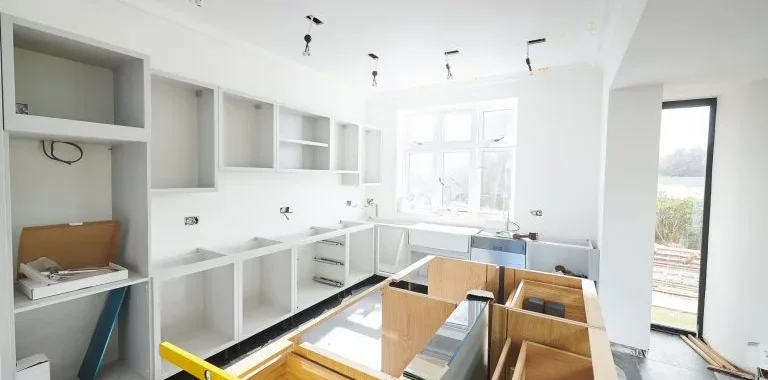
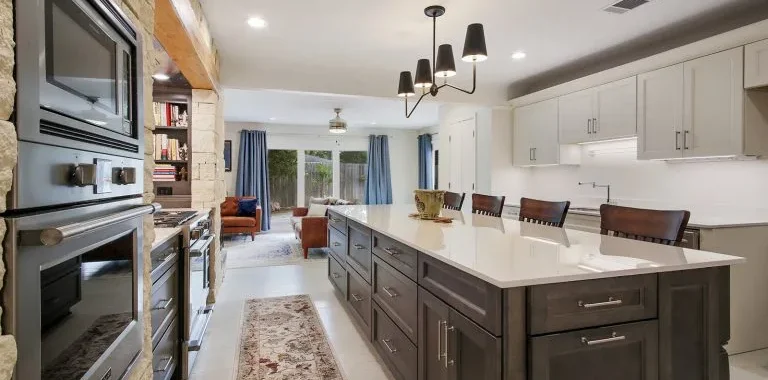
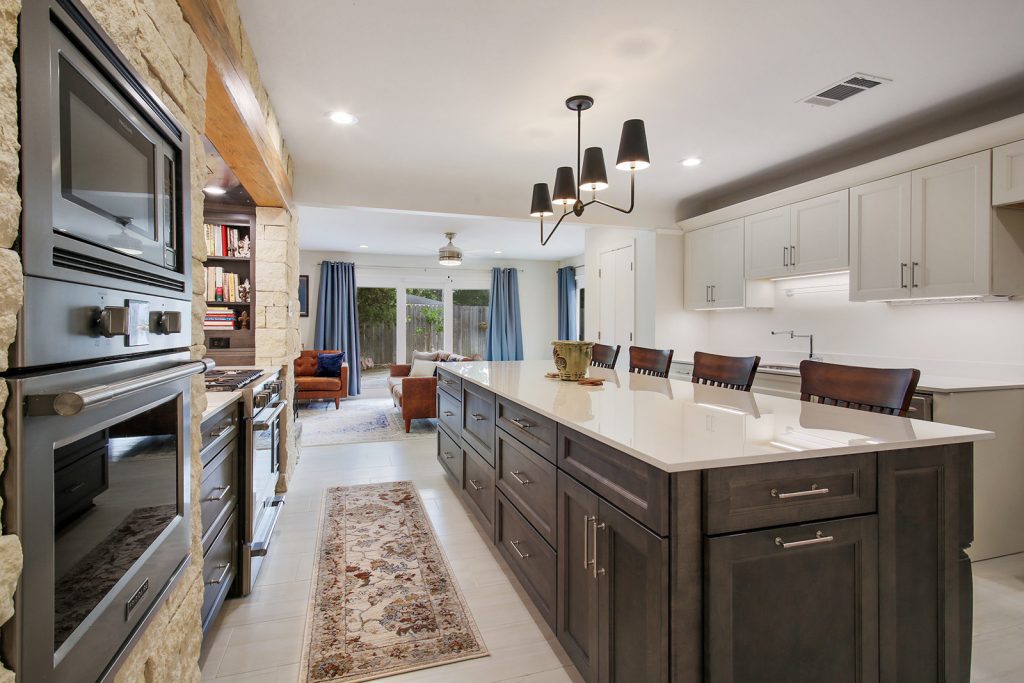
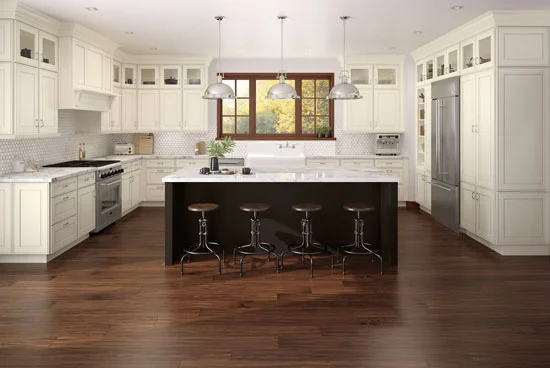
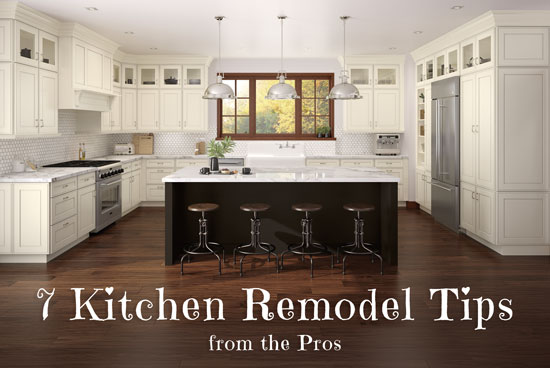 Looking for kitchen remodel tips from the pros?
Looking for kitchen remodel tips from the pros?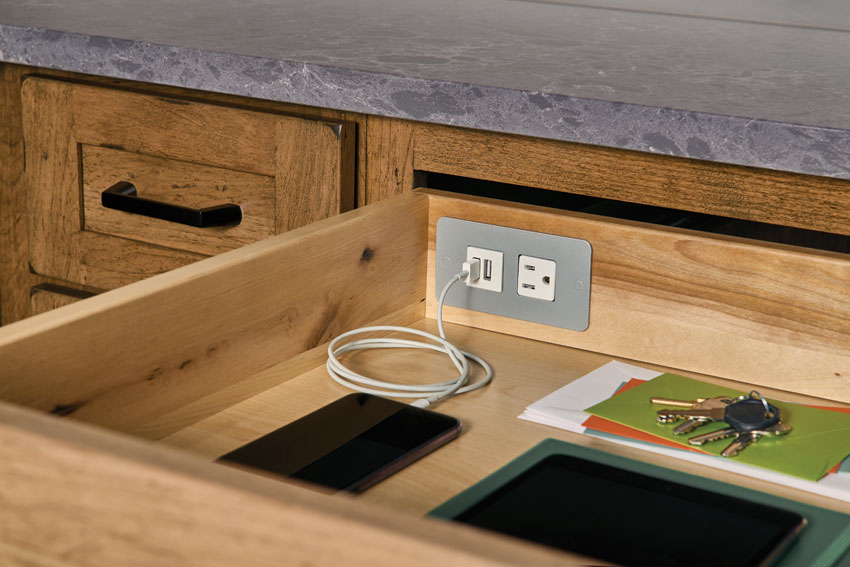
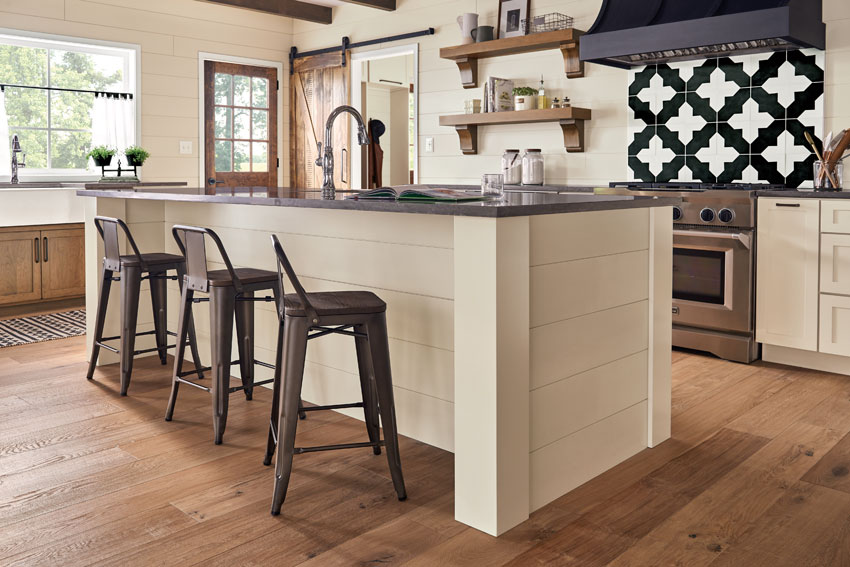


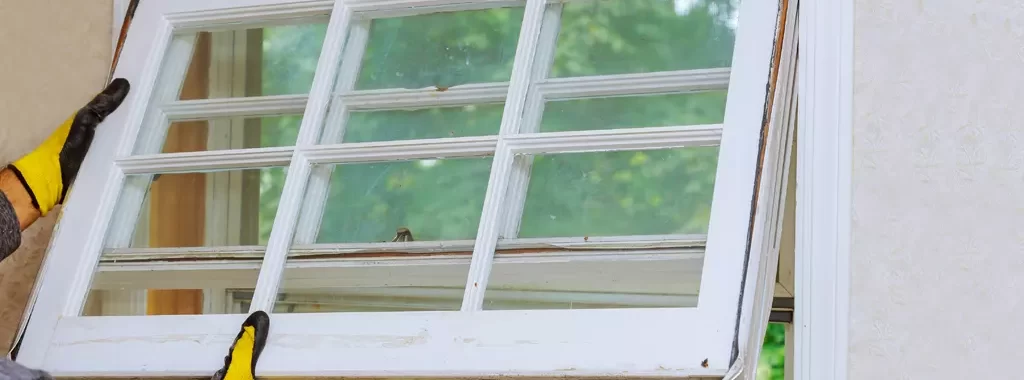
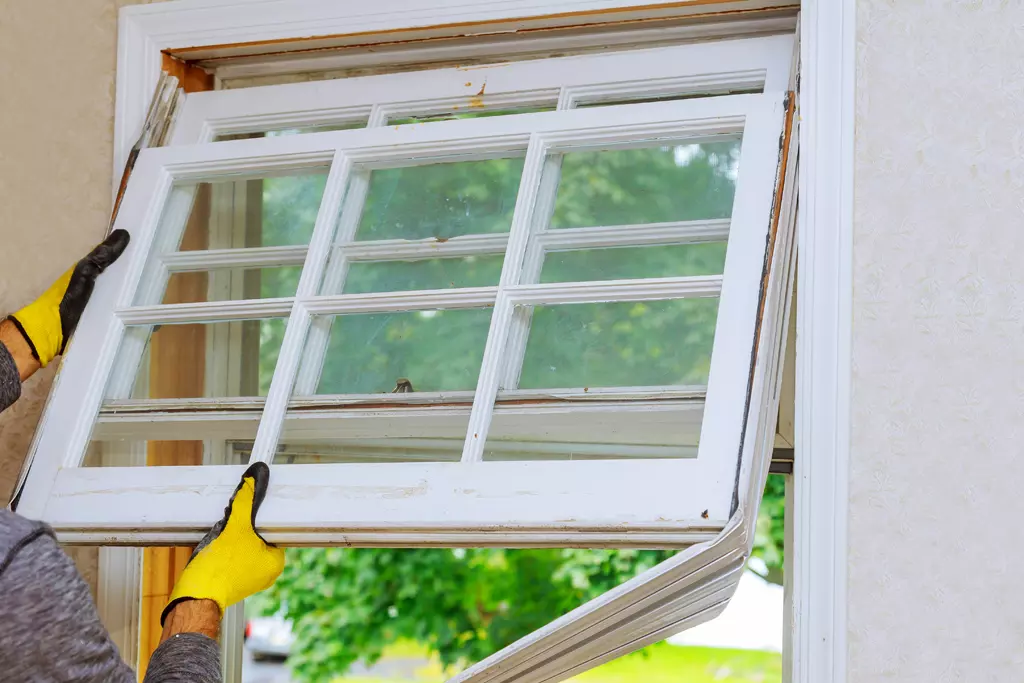
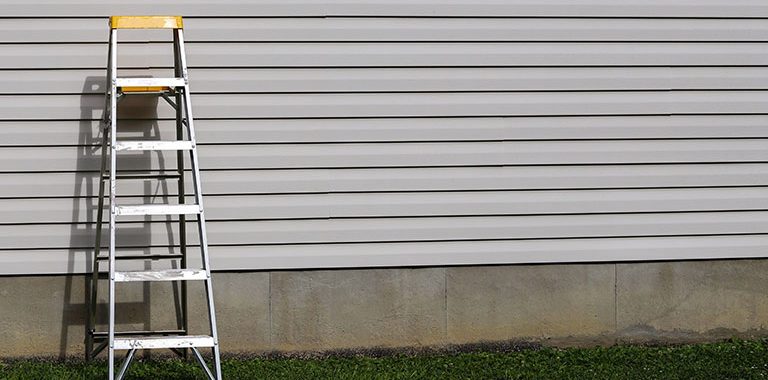
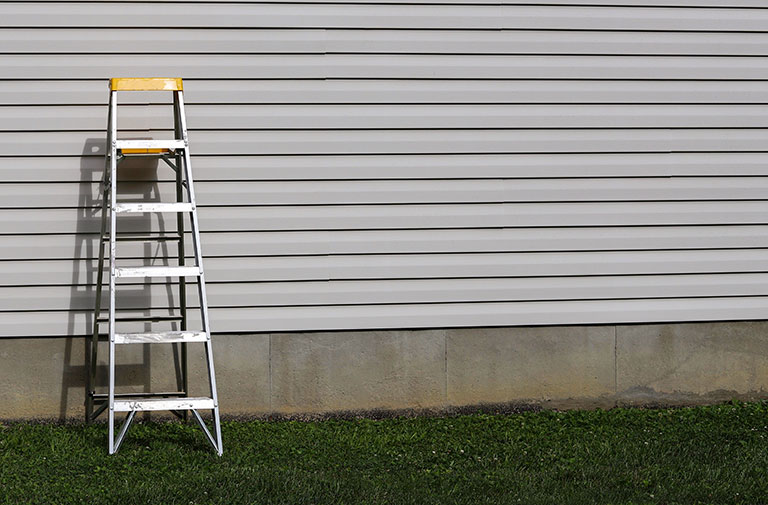 It’s always important to keep a close eye on your home’s exterior siding! If you’ve noticed any leaks, cracks, chips, or any other visible problems that have developed over the years – it may be time to replace or restore your siding! But not all siding is created equal, and some siding is more difficult to keep looking beautiful without extensive maintenance on your part. Thankfully, there is a siding option that is not only high-performance, but also requires only basic upkeep!
It’s always important to keep a close eye on your home’s exterior siding! If you’ve noticed any leaks, cracks, chips, or any other visible problems that have developed over the years – it may be time to replace or restore your siding! But not all siding is created equal, and some siding is more difficult to keep looking beautiful without extensive maintenance on your part. Thankfully, there is a siding option that is not only high-performance, but also requires only basic upkeep! 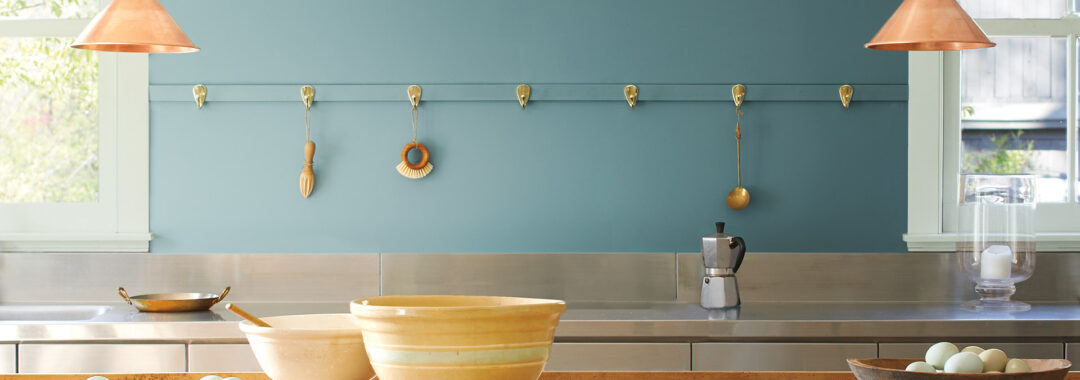
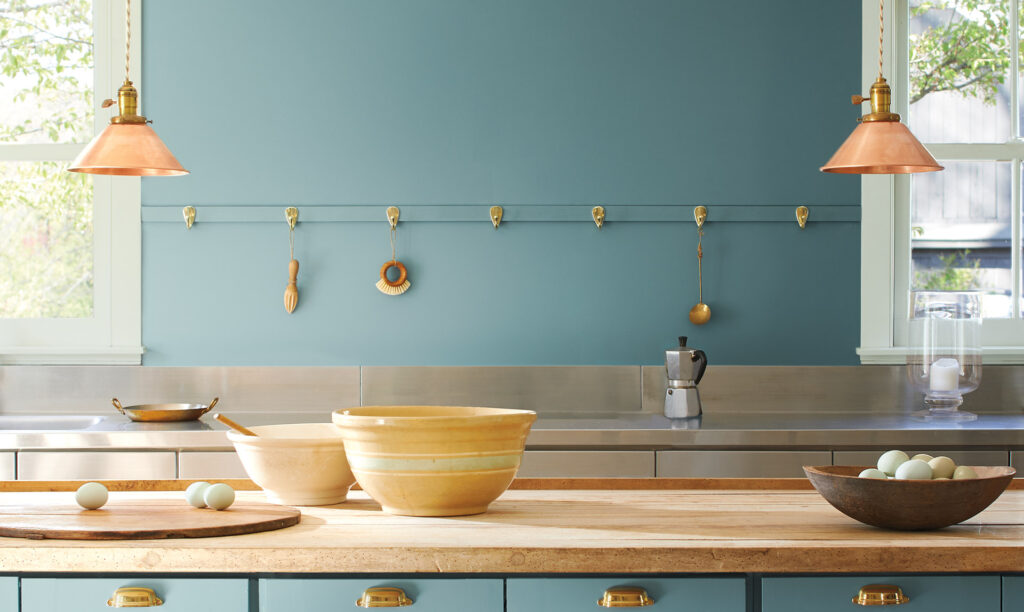 Are you looking to cover your walls with calming paint colors? Benjamin Moore has color choices that will make you feel even more at home.
Are you looking to cover your walls with calming paint colors? Benjamin Moore has color choices that will make you feel even more at home.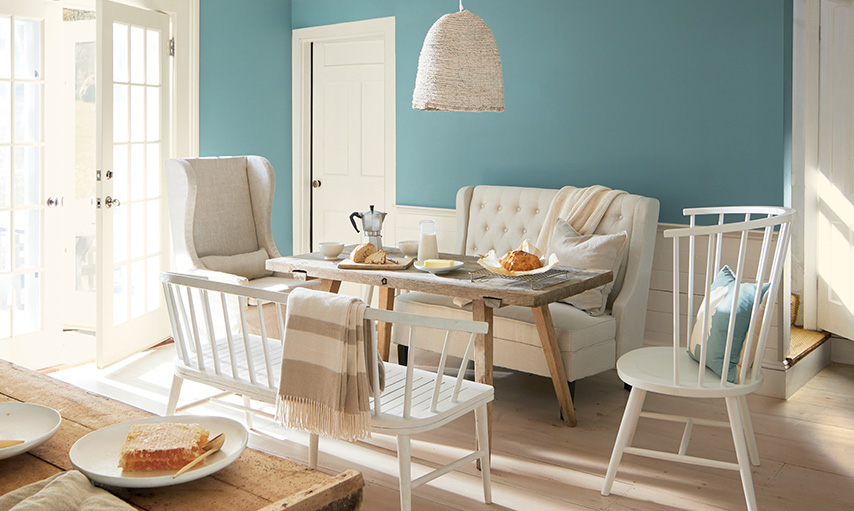
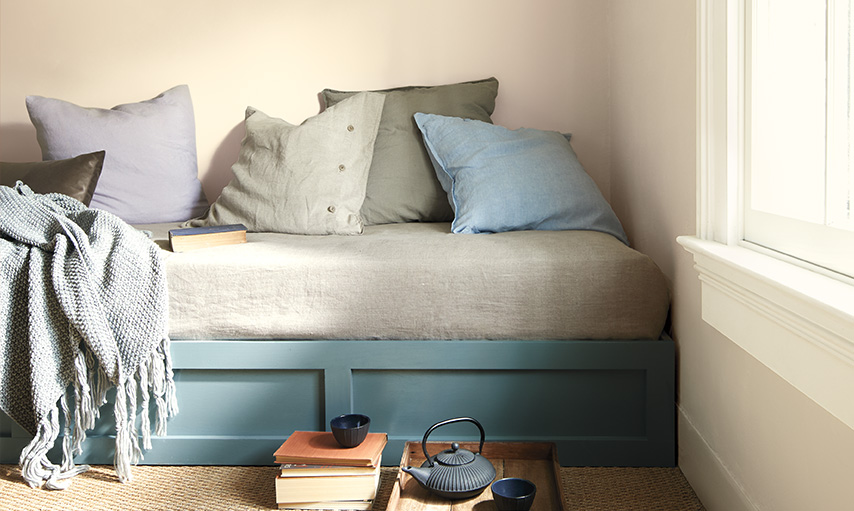
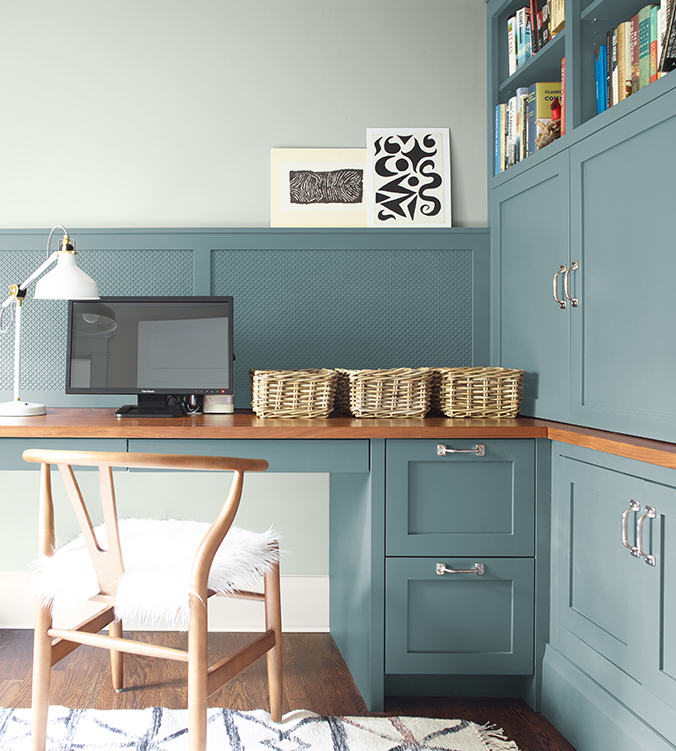
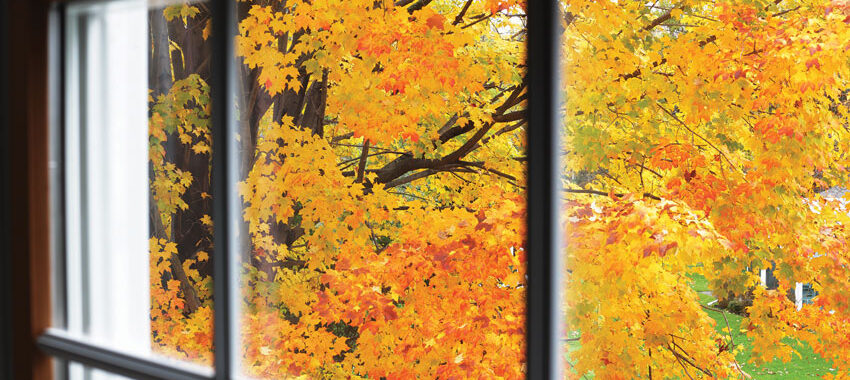
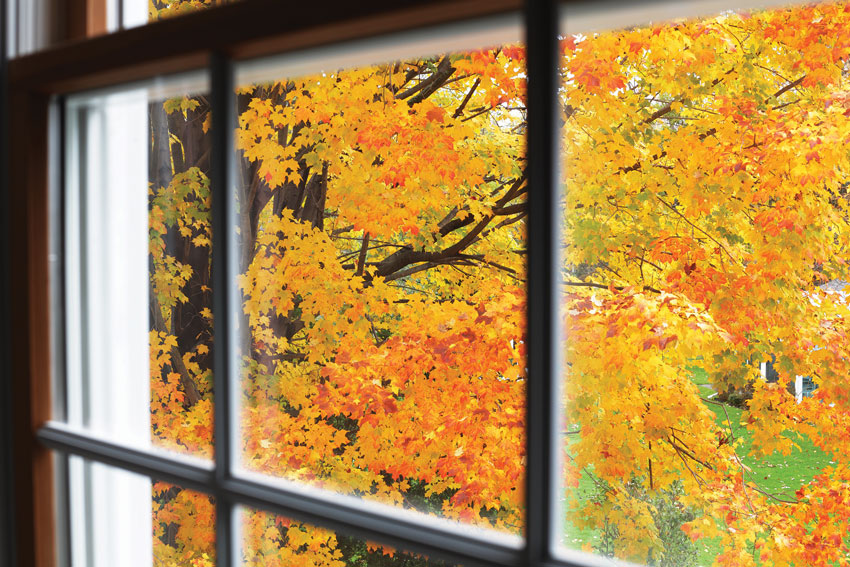
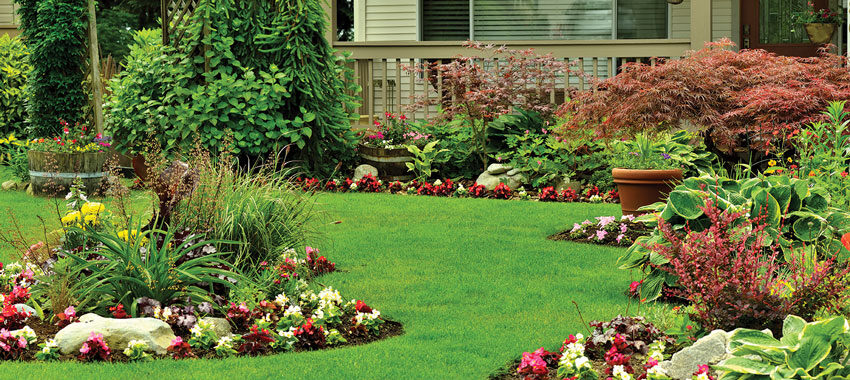
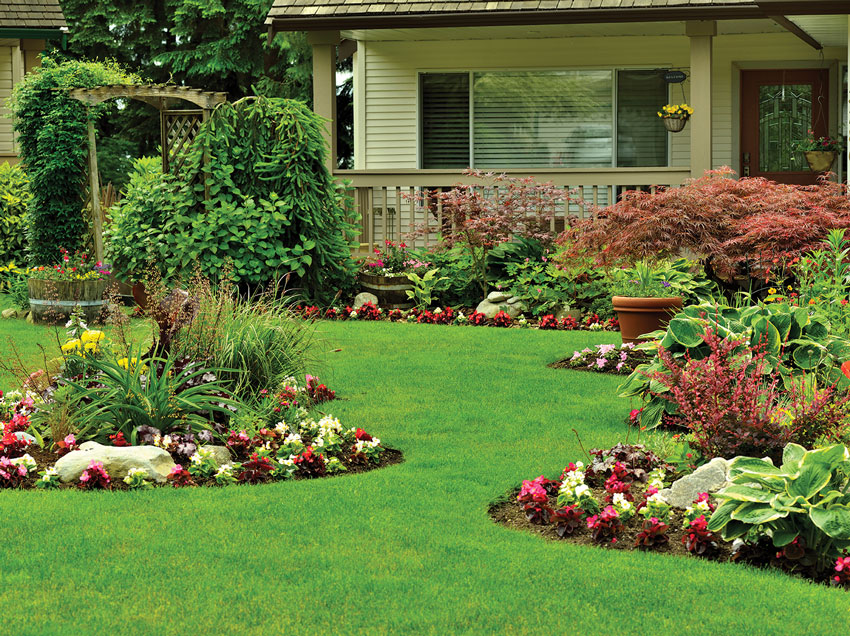 Have you tried to grow grass in shaded areas of your lawn without success? Many lawns have shady spots where grass seed just doesn’t want to sprout and grow. Maybe pet or insect damage has complicated the process, making
Have you tried to grow grass in shaded areas of your lawn without success? Many lawns have shady spots where grass seed just doesn’t want to sprout and grow. Maybe pet or insect damage has complicated the process, making 
 One of the best parts about summer, is
One of the best parts about summer, is